Bijoy Dibos or Victory Day is commemorated every December 16 in Bangladesh and India, to observe victory over Pakistan in the War of 1971 for the liberation of Bangladesh from Pakistan. This year, it is the golden jubilee. The end of the war also resulted in the unilateral and unconditional surrender of the Pakistan Army and the subsequent secession of East Pakistan into Bangladesh. On this day in 1971, the chief of the Pakistani forces, General Amir Abdullah Khan Niazi, along with 93,000 troops, surrendered to the allied forces consisting of Mukti Bahini and the Indian Army, led by General Jagjit Singh Aurora in the Ramna Race Course, now Suhrawardy Udyan, in Dhaka after their defeat in the war.
I was recollecting, my closest sight of Bangladesh from India. During one of my recent visits to my ancestral place in Basirhat, we visited Taki, the nearest border town from Basirhat, about 15 kilometres from there.
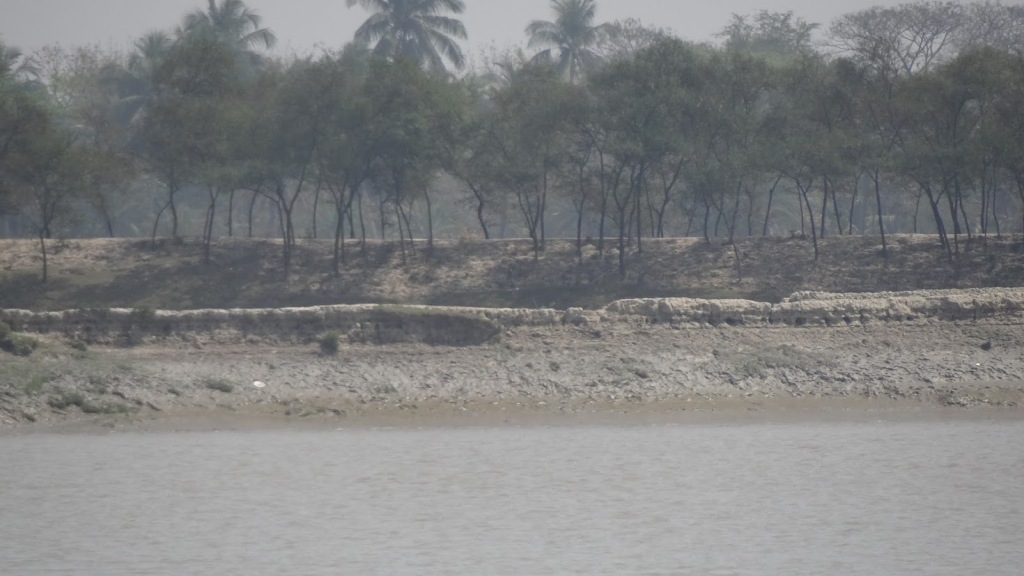
Taki is a town and a municipality under Hasnabad police station of Basirhat subdivision in North 24 Parganas district in the state of West Bengal. Taki also has the roots of General Shankar Roy Chowdhury, the former Chief of Army Staff of the Indian Army.
We also have one of our ancestral places in Taki. Taki is the paternal hometown of my grandmother — the mother of our father. They were the zamindars of Taki (sadar) town. But now no one is staying there after the sad demise of my cousin a few years ago. I had visited them several times with my parents during my school and college days. I still have faint memories of ponds, coconut trees, mango groves, Chandi mandap, etc. Taki is the land of a number of zamindars. Most of the Zamindar baris (their palatial buildings) are in a dilapidated state or converted to tourist resorts.
Jagrata, our son-in-law Badal, my niece Tota, Dadubhai, son of Badal and Tua, and I went to Taki in our car from our ancestral house in Basirhat. Taki is on the bank of the Ichamati river that flows down from Nadia via Basirhat.
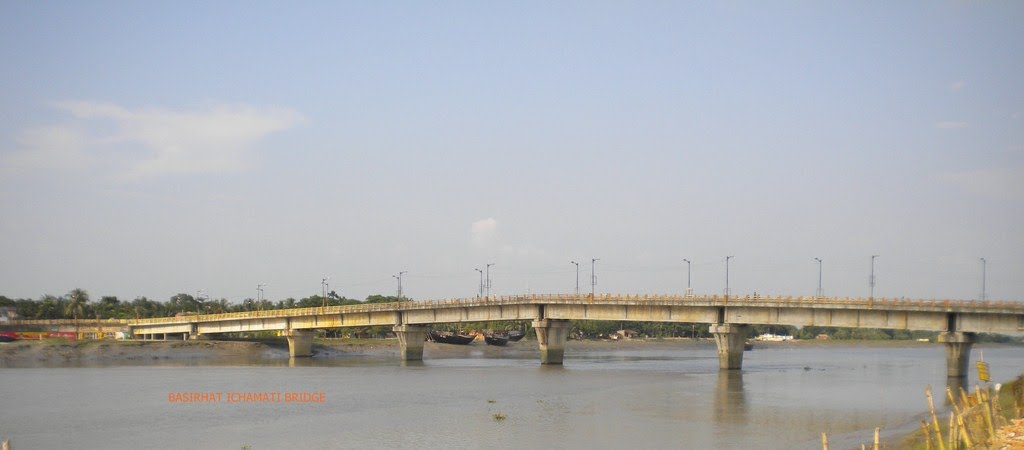
Ichamati River (ইছামতী নদী) is a distributary of the river Padma and joins Kalindi river near Hasnabad. It marks the international border between India and Bangladesh at Taki.
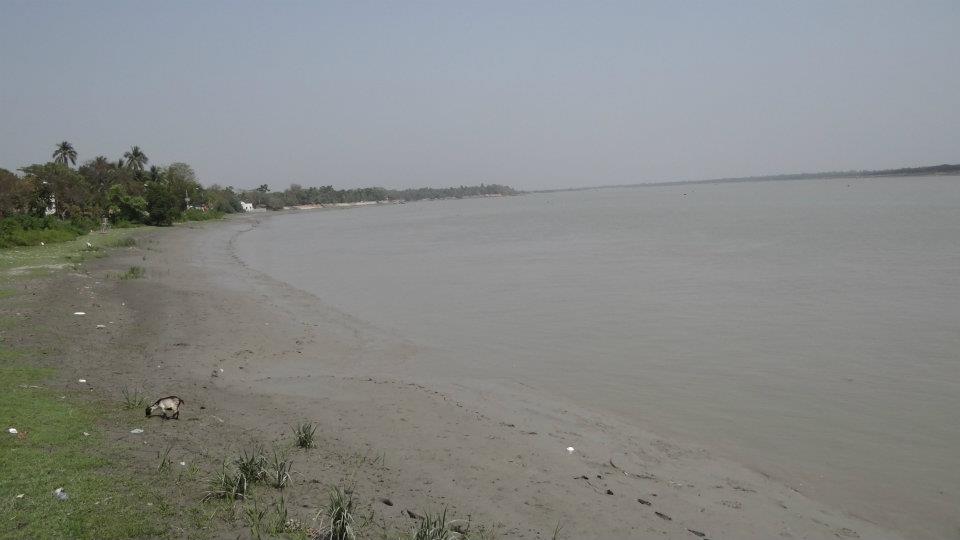
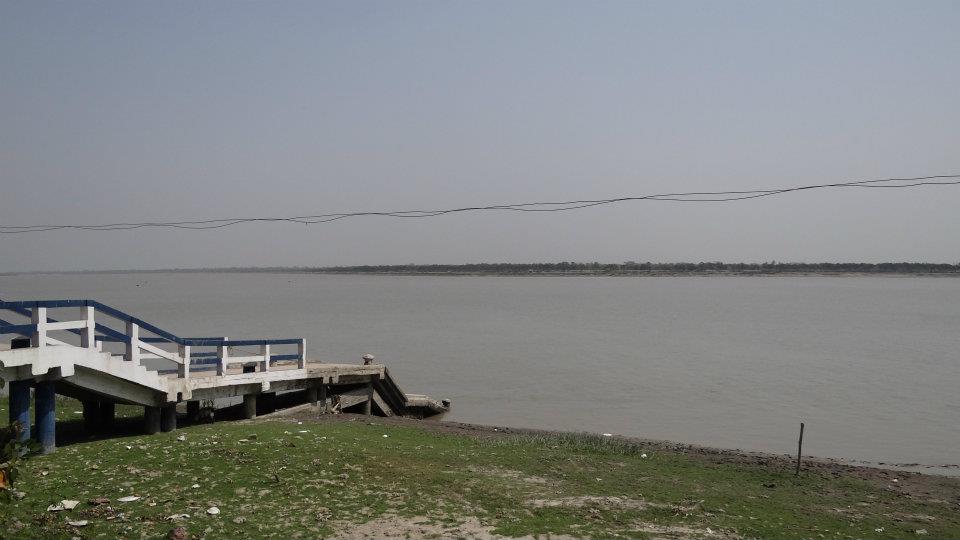
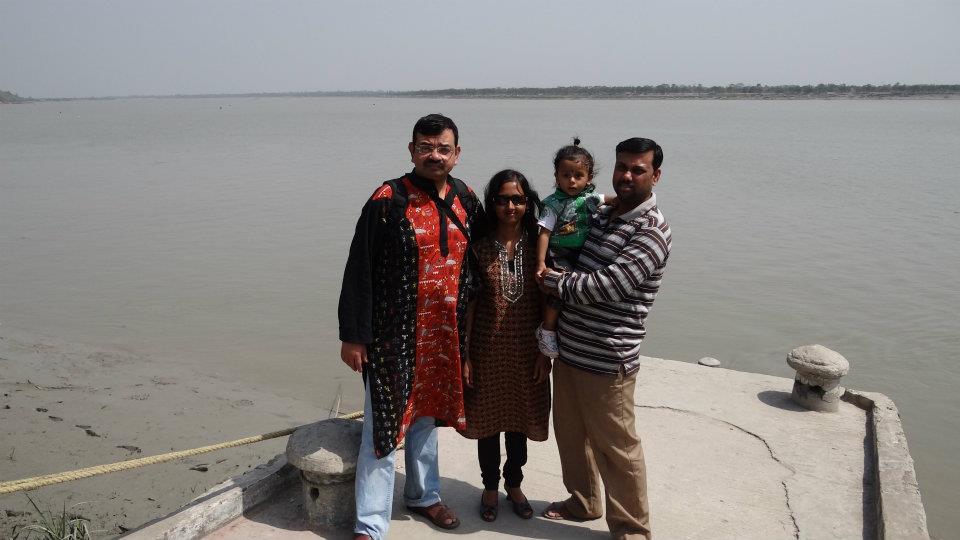
As the Ichhamati River in Taki separates two countries, the boats on this river have to carry the national flags of their respective countries mandatorily.
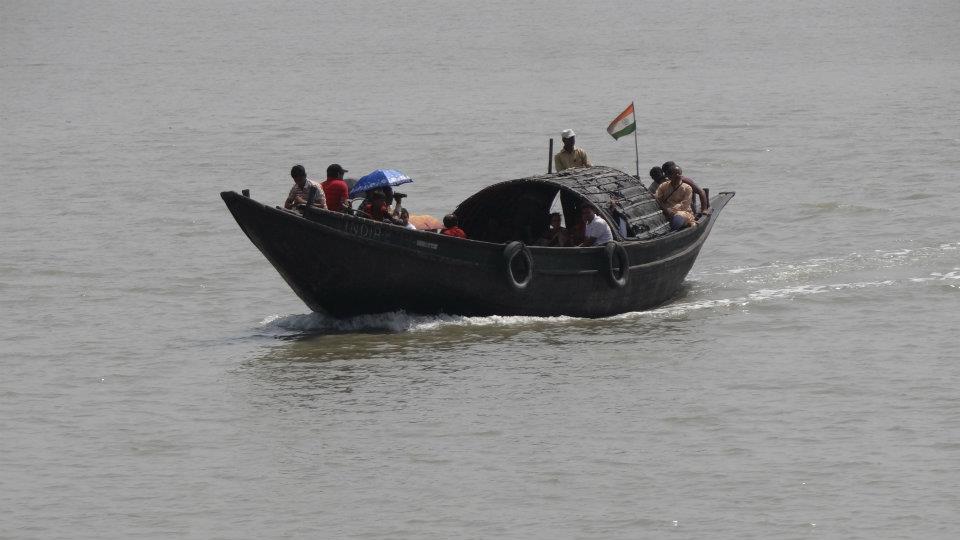
There are many Border Security Force (BSF) watchtowers to monitor and prevent unwarranted cross-border traffic/movements besides protecting our national boundaries.
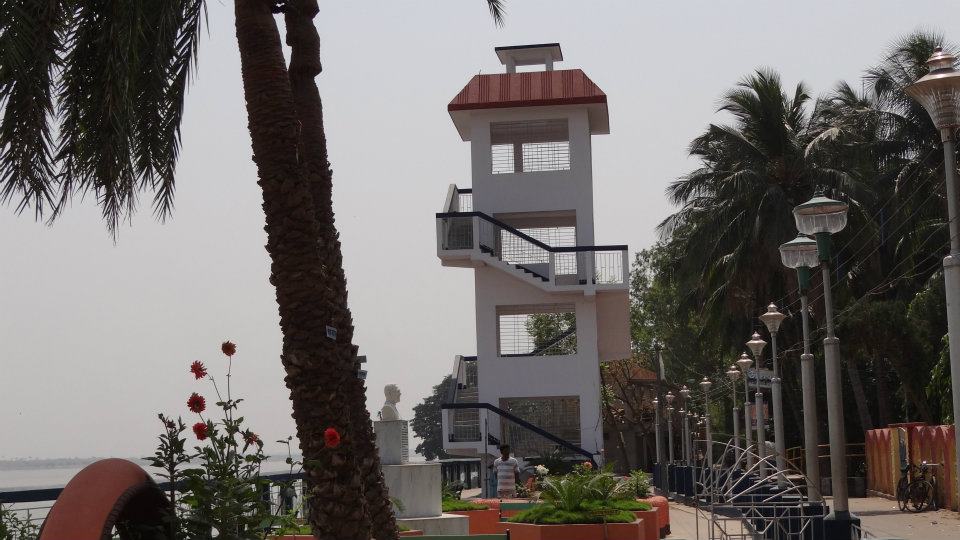
As we did not have much time because we had to return that day to Kolkata for our visit to Gangtok next day, we just went to the bank of the Ichhamati river bordering the countries.

Gamchha
Taki is famous for its gamchha. Gamchha is a thin, coarse, traditional cotton towel found in India, Bangladesh as well as various parts of South and Southeast Asia and is used to dry the body after bathing or wiping sweat. Gamchha is the local term for a sweat towel. It is often just worn on one side of the shoulder.
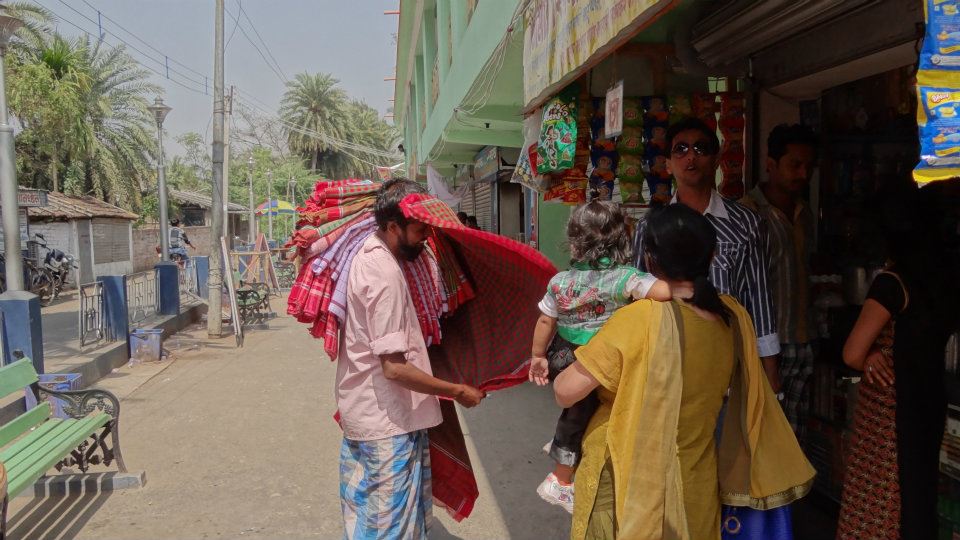
We had some snacks and cold drinks there before returning home via our ancestral house at Taki. We did not go inside the house for the paucity of time. Maybe, we will visit there during our next visit to Taki. I would love to go there again.

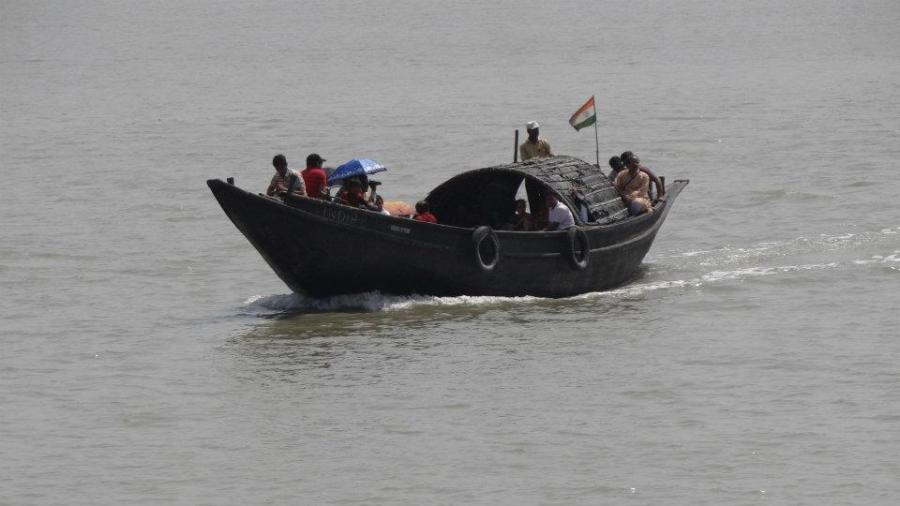
We too have roots in Bangladesh… The ancestral village being Ujirpur in Jessore district where I am told we had large tracts of farm land though not Zamindar in that sense but the only items that were bought from the market were Salt and Mustard oil. Everything else, the rice, pulses, milk, ghee, veggies were all home grown.
I had a desire to visit the place but then I have no clue about the location of our ancestral home, so abandoned the idea.
LikeLike
You may not, or perhaps cannot, find your ancestral home now, but you can surely visit the place to have a brush with your family roots. I googled and found that it can better be travelled by road and the place is not much far from Petrapole-Benapole border, near Bongaon, North 24 Pgs., WB.
Let’s make a plan and drive down to Ujirpur. It will be a fun. 🙂
LikeLike
Nice view! 🙂
LikeLiked by 1 person
Thanks, Nilanjana.
LikeLike
Good one! Cross over next time. 🙂
LikeLiked by 1 person
Hahahaha! Ok, will go over to Bangladesh one day. I have a few invitations, by the way. 😉
LikeLike
Nice Blog..
Thanks for sharing..
LikeLiked by 1 person
Thanks, sir, for the like.
LikeLike